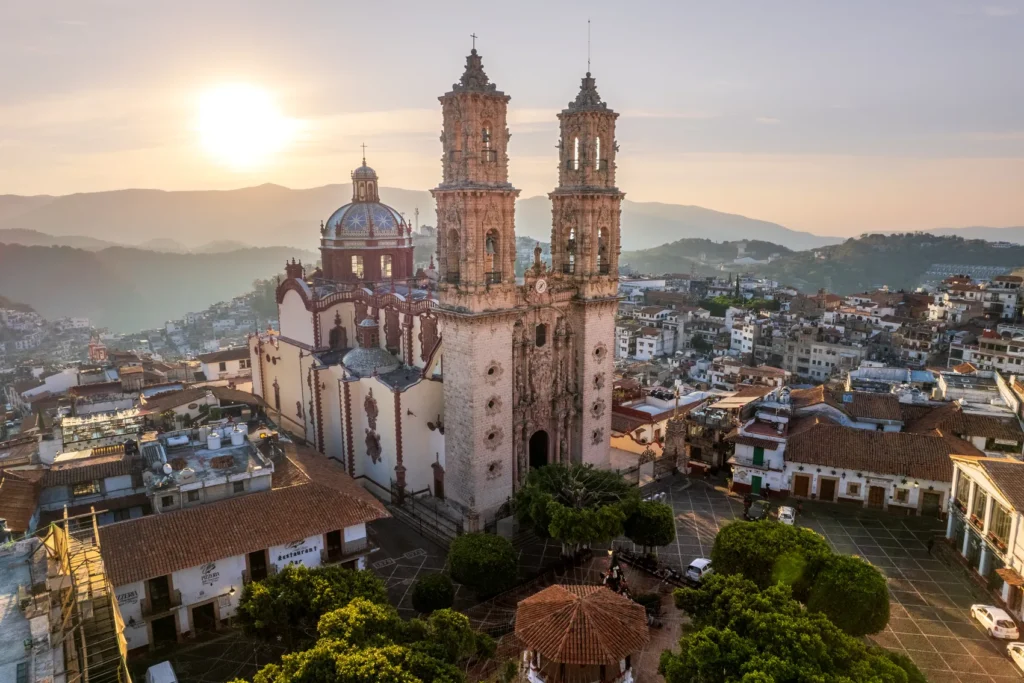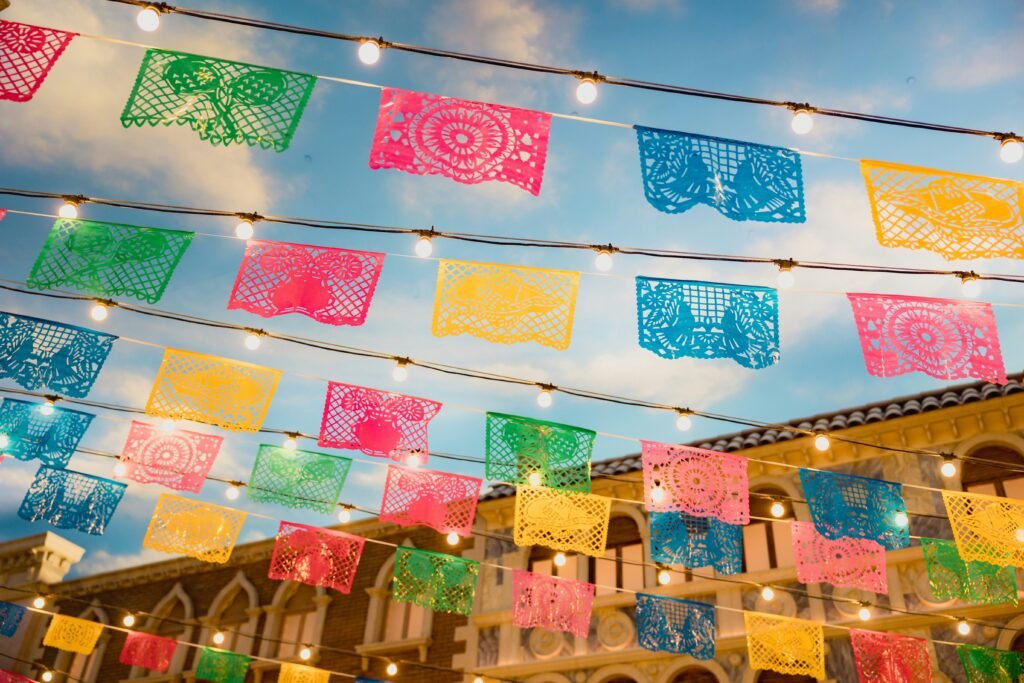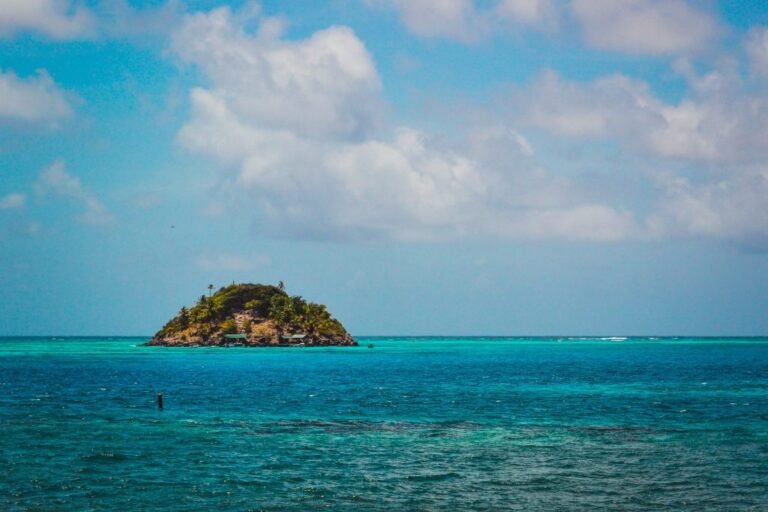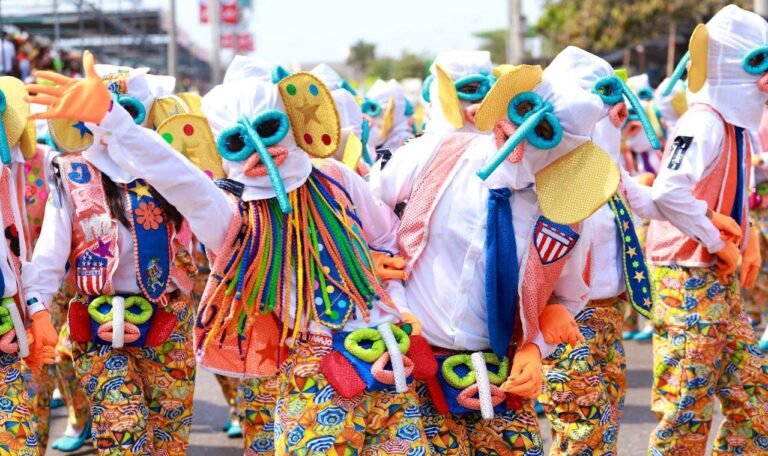
Many travelers planning a trip to Mexico’s vibrant capital often ask the same question: “Is Mexico City safe?” The city’s size, population, and history of crime can make some visitors hesitant. Yet, the truth is that Ciudad de México is generally safe to visit, especially if you take smart precautions and know which areas to explore and which to avoid.
From its bustling historic center and world-class museums to its trendy neighborhoods like Roma and Condesa, Mexico City (CDMX) offers incredible hitos culturales and experiences for millions of visitors every year. To make your trip both memorable and secure, it’s important to understand how safe Mexico City really is, where the risks lie, and what safety tips can help you travel confidently.
Embark on your Mexico City Journey of discovery! Click here and we will tailor your safe escape.
How Safe Is Mexico City?
So, how safe is Mexico City today? Compared to its reputation in the 1990s and early 2000s, the city has improved dramatically. According to the U.S. Department of State, Mexico City currently falls under the advisory level “Exercise Increased Caution.” This is the same category as popular European capitals like Paris or Rome.
Like any large city, CDMX has crime, but most of it is non-violent and concentrated in specific areas. Tourists who stay in safe neighborhoods, use common sense, and avoid risky behavior are highly unlikely to face any serious problems.
Mexico City’s crime rate is lower than the national average and even lower than that of some major U.S. cities. While petty thefts such as pickpocketing and scams do occur, violent incidents involving tourists are rare.
In short, Mexico City is safe for travel, provided you stay alert and prepared.
Is Mexico City Safe for Americans and Other Tourists?

Yes. Mexico City is safe for Americans and other international visitors, as long as you follow normal travel safety practices. The U.S. Embassy in Mexico City operates actively, and there’s a strong tourist police presence in popular areas.
Tens of thousands of U.S. travelers visit CDMX every month without any issues. English is widely spoken in the hospitality sector, rideshare apps are reliable, and most neighborhoods frequented by visitors are heavily patrolled.
Many Americans who live in Mexico City long-term describe it as one of the safest and most cosmopolitan places in Latin America. In fact, digital nomads and remote workers have been flocking to CDMX in recent years for its affordability, excellent infrastructure, and vibrant lifestyle.
Still, it’s wise to remember that not all parts of Mexico City are equally safe. Just like in Los Angeles or New York, there are districts you should avoid, mainly the outskirts or areas with high poverty and less police presence.
Step Into the Magic of Mexico City! Reach out today and let’s plan your unforgettable journey to the city.
Is Mexico City Safe for Solo Travelers?
Solo travel in Mexico City is absolutely possible, but it requires awareness.
For male travelers, standard precautions are sufficient. Avoid flashing wealth, stay alert in bars, and use rideshare apps at night.
For solo female travelers, CDMX is welcoming but can feel intense at times. Stick to daylight activities, take group tours, and use the metro’s women-only cars during rush hours. Many women safely explore the city every day by staying in central, well-connected neighborhoods like Roma or Condesa.
Hostels and social tours also make it easy to meet others and travel in small groups, which increases safety and enjoyment.
Understanding Crime in Mexico City
When people ask, “Is Mexico City safe?”, they’re usually thinking about crime. It’s true that, as with any megacity, crime exists, but it’s essential to put things in perspective.
The majority of incidents involve petty theft, such as:
- Pickpocketing in crowded areas (markets, metros, major events and festivals)
- Overcharging or shortchanging tourists
- Scams involving taxis or fake ATMs
Violent crimes are extremely rare in tourist zones like Roma Norte, Condesa, Polanco, and Coyoacán. The city’s government has invested heavily in public safety initiatives, including C5 surveillance cameras and an increased police presence in the historic center.
In short: Mexico City’s safety largely depends on where you go and how you behave. Stay aware of your surroundings, avoid isolated areas after dark, and use licensed transportation, and you will be just fine.
Contact us today to let your dream Mexico City journey start with our tailored trip planning!
Common Scams to Watch Out For in Mexico City
Even seasoned travelers can fall victim to scams in big cities. Here are a few to be aware of in Mexico City:
1. Taxi Scams
Avoid hailing random street taxis (especially red “libre” cabs). Instead, use Sitio taxis (official stands), book through your hotel, or use ride apps like Uber, Didi, or Beat. Some unregistered taxis have been known to overcharge or, in rare cases, attempt express kidnappings, though such incidents are now uncommon.
2. ATM and Card Scams
Use ATMs inside banks or malls, not on the street. Skimming devices or fake ATMs can steal your card details. Always cover the keypad and avoid letting strangers “assist” you with withdrawals.
3. Mustard or Spill Scam
A scammer “accidentally” spills something (like mustard or coffee) on your clothes, offering to help clean it while an accomplice steals your wallet or phone. Politely refuse assistance and move away quickly.
4. Fake Police Officers
If someone claiming to be a police officer asks for your ID or wallet, don’t hand them over unless you’re at an official station or patrol vehicle. Real police rarely demand to inspect valuables.
Being aware of these tricks can save you a lot of frustration and keep your trip smooth.
With our Concierge and Logistics teams behind you, your dream Mexico City adventure is safe and secure. Contact us now and let us plan your whole experience!
Best Practices for Staying Safe in Mexico City

If you are wondering how to travel safely in Mexico City, these practical steps will minimize your risks:
1. Avoid Drinking Tap Water
Tap water in Mexico City isn’t safe to drink. Use bottled or filtered water for drinking and brushing your teeth. Most hotels and restaurants offer purified water, but it’s best to double-check.
2. Use a Money Belt or Hidden Pouch
Petty theft happens, so carry only what you need for the day. Keep cash and cards in a hidden pouch under your clothes, and leave your passport and valuables locked in your hotel safe.
3. Learn Basic Spanish
Even a few words like “¿Cuánto cuesta?” (How much?) or “Ayuda” (Help) can go a long way. Understanding directions and simple phrases helps you blend in and reduces vulnerability.
4. Stick to Safe Neighborhoods
The safest areas for tourists include:
- Roma Norte
- Condesa
- Polanco
- Coyoacán
- Centro Histórico (during the day)
Avoid neighborhoods like Tepito, Ciudad Neza, and Doctores after dark, as they have higher crime rates.
5. Join Group Tours
If you are traveling solo or unfamiliar with the city, joining a walking tour or day trip can provide safety in numbers. Local guides also help you understand the culture and avoid scams.
6. Stay Alert in Crowded Areas
Busy markets and metro stations are hotspots for pickpockets. Keep your bag zipped, wear it across your chest, and avoid showing valuables like smartphones or expensive jewelry.
7. Buy Reliable Travel Insurance
Unexpected incidents, from flight cancellations to medical emergencies, can be expensive. Travel insurance gives you peace of mind for just a few dollars per day.
Transportation Safety in Mexico City

Metro and Buses
Public transportation is safe during the day but can get crowded during rush hours (6–9 AM and 6–9 PM). Keep belongings secure and avoid empty carriages at night. The first few metro cars are reserved for women and children during peak times.
Taxis and Ride Apps
Stick with:
- Sitio taxis (ordered by hotel or official stands)
- Ride apps like Uber, Didi, or Beat
Avoid hailing taxis on the street. Always verify the license plate and driver info before getting in.
Walking
Walking is safe in most tourist neighborhoods during the day. At night, use rideshares or walk in well-lit, populated areas.
Food and Drink Safety
Mexico City is a culinary paradise, and eating street food is part of the experience, but be selective.
- Choose busy stalls with high turnover.
- Avoid raw foods or salads washed in tap water.
- Be cautious with ice, especially from street vendors.
- Wash your hands often or use sanitizer before eating.
In 2014, the city began requiring restaurants to provide filtered water, making it safer to dine out. Still, bottled or sealed beverages remain the safest choice.
Health and Environmental Safety

Air Quality
Mexico City’s altitude and traffic cause occasional smog. Sensitive travelers or those with asthma should monitor air quality and consider wearing masks outdoors on hazy days.
Mosquito-Borne Illnesses
Diseases like dengue or Zika are rare in CDMX due to its elevation, but mosquito repellent is still useful if you plan side trips to lower-altitude destinations.
Medical Care
CDMX has excellent hospitals and English-speaking doctors. Pharmacies are common, and emergency care is readily available. Keep emergency numbers handy:
- Police/Fire/Ambulance: 911
- Tourist Assistance Hotline: 800 008 9090
- U.S. Embassy: +52 55 8526 2561
Nightlife Safety
Mexico City’s nightlife is legendary, from rooftop bars to salsa clubs. To stay safe:
- Stick to well-known venues in Polanco, Roma, or Condesa.
- Don’t accept drinks from strangers.
- Keep an eye on your glass at all times.
- Arrange safe transport home (Uber or Sitio taxi).
The city center is lively and fun after dark, but wandering aimlessly through unknown areas isn’t advisable. Plan your routes and drink responsibly.
Emergency Preparedness
Before traveling, note these quick safety references:
- Police, Ambulance, Fire: Dial 911
- Tourist Assistance Hotline: 800 008 9090
- U.S. Embassy: +52 55 8526 2561
Keep digital and paper copies of your passport, insurance policy, and emergency contacts. You can also register your trip with the U.S. Smart Traveler Enrollment Program (STEP) for security updates.
What You Really Need to Know About Safety in CDMX?
So, is it safe to travel to Mexico City? The answer is Yes. Mexico City is safe for travel, as long as you stay aware and follow basic precautions. Remember, safety in Mexico City is largely about preparation and awareness.
Stick to safe neighborhoods, avoid risky behavior, and you will likely find Mexico City as welcoming and exciting as any major global destination. Know where you are going, stay cautious with your belongings, and use your instincts.
Craving to explore Mexico City? Let us be your flavor guide! Our Concierge team can arrange everything from transport and accommodation to food and tours, ensuring you safely enjoy the best of Mexico City.





